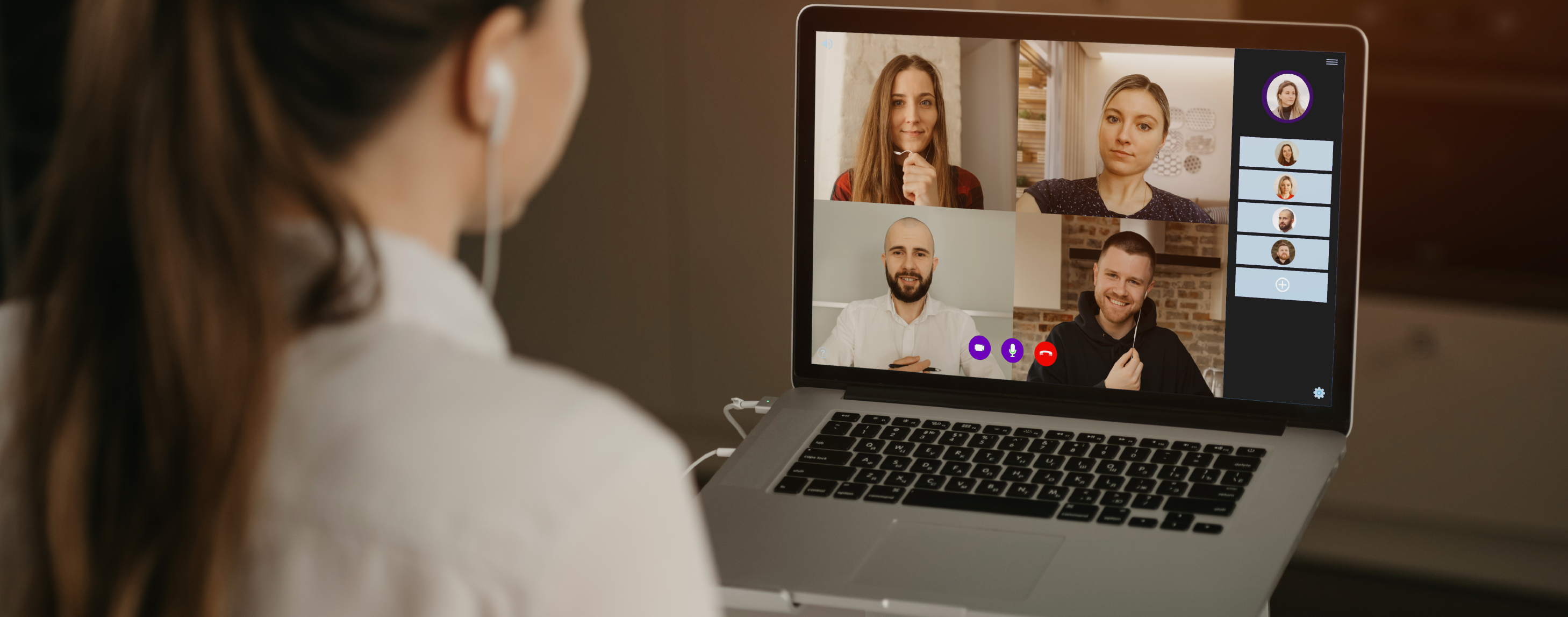Since December 2019, organizations have transitioned to remote work due to international travel restrictions imposed by the pandemic. Despite the initial challenges, businesses are adapting well and have realized the potential of remote work and its effectiveness.
The growing positive attitude toward remote work is evident in PwC’s 2021 US Remote Work Survey: 83% of employers now say that shifting to remote work has been successful for their company, compared to 73% in their June 2020 survey.
In December 2019, Fortude rolled out Virtual Global Delivery (VGD), a remote delivery framework encompassing governance, skills, human and technology resources, and robust collaboration.
We spoke to Ranika Amarasena, Senior Consultant at Fortude, to find out how the Fortude VGD framework has fared in remote software implementations and his thoughts about the present and the future of remote work. Ranika also shared learnings from his experience in delivering ERP implementation services remotely for two global fashion companies.
1. Hi, Ranika. What has remote working been like for you?
Ranika: Remote working has most definitely worked well for me. I’ve been able to achieve the right amount of work-life balance, which is great. The time I saved on commuting back and forth to work gave me more space for managing work and my personal responsibilities.
2. Can you tell us a bit about the key objectives of your engagements during the remote work period?
Ranika: During the start of the pandemic and the beginning of the remote working period, I was working on two projects.
The first project was for a European apparel manufacturer. While the initial phases of this project were completed, we had to complete the UAT, go-live, and post-go-live support phases, remotely.
The second project was for a wholesale footwear company based in the US. This is an ongoing project, which was delivered virtually from inception. Currently, we are working on key deliverables such as requirement gathering, gap analysis, scenario testing, solution design, EDI integrations, system configuration, key-user training, and integration testing.
3. Compared to onshore delivery, what challenges did you face when delivering services remotely?
Ranika: The fact that we don’t get to sit in the same room with the customer can be challenging. For example, not having interactive discussions during the requirement gathering phase, not using a physical whiteboard to brainstorm, and not being able to navigate the system during demos and training were key challenges. Understanding the customer’s emotions and working across different time zones too was not easy.
We had to adapt our remote collaboration tools to overcome these challenges.
4. What strategies did you employ to overcome these challenges?
Ranika: At the beginning of the pandemic, we laid out the Virtual Global Delivery (VGD) framework. VGD provided the communication and collaboration tools, forms and templates to help us get started quickly. VGD also defined a delivery methodology, processes, roles and responsibilities to ensure everyone knows their role and is aware of the project progress and milestones.
Offshore project delivery is not new to us. We have more than 10 years of experience delivering projects successfully, which helped us quickly adapt our processes and technologies to fit the virtual environment.
Communication is important. We work harder to ensure communication is clear and effective during remote engagements.
Make sure you go for meetings prepared. I ensure my presentations are concise and interactive. Explanations were articulated clearly and slowly so everyone could understand. I used a few online tools such as Microsoft Whiteboard and Lucidchart to draw pictures and diagrams when explaining a complicated idea. My video camera was always on; this helped connect and engage with meeting participants.
5. How did you balance personal commitments while working from home?
Ranika: Whenever I get a break, I talk to my family and spend time with them. I make sure I have meals with them. The commuting time I saved by remote working helped me balance personal commitments even more.
6. How do you envision the future of work to be like?
Ranika: I believe the future of work will be hybrid.
During the COVID-19 pandemic, we saw a massive transformation in remote collaboration technologies. For example, Facebook and Microsoft recently unveiled their plans to build a metaverse. Dubbed to be the next iteration of the internet, the metaverse will make remote meetings more collaborative and immersive.
Technology will play a key role in shaping the future of work.
Related Blogs
Subscribe to our blog to know all the things we do


